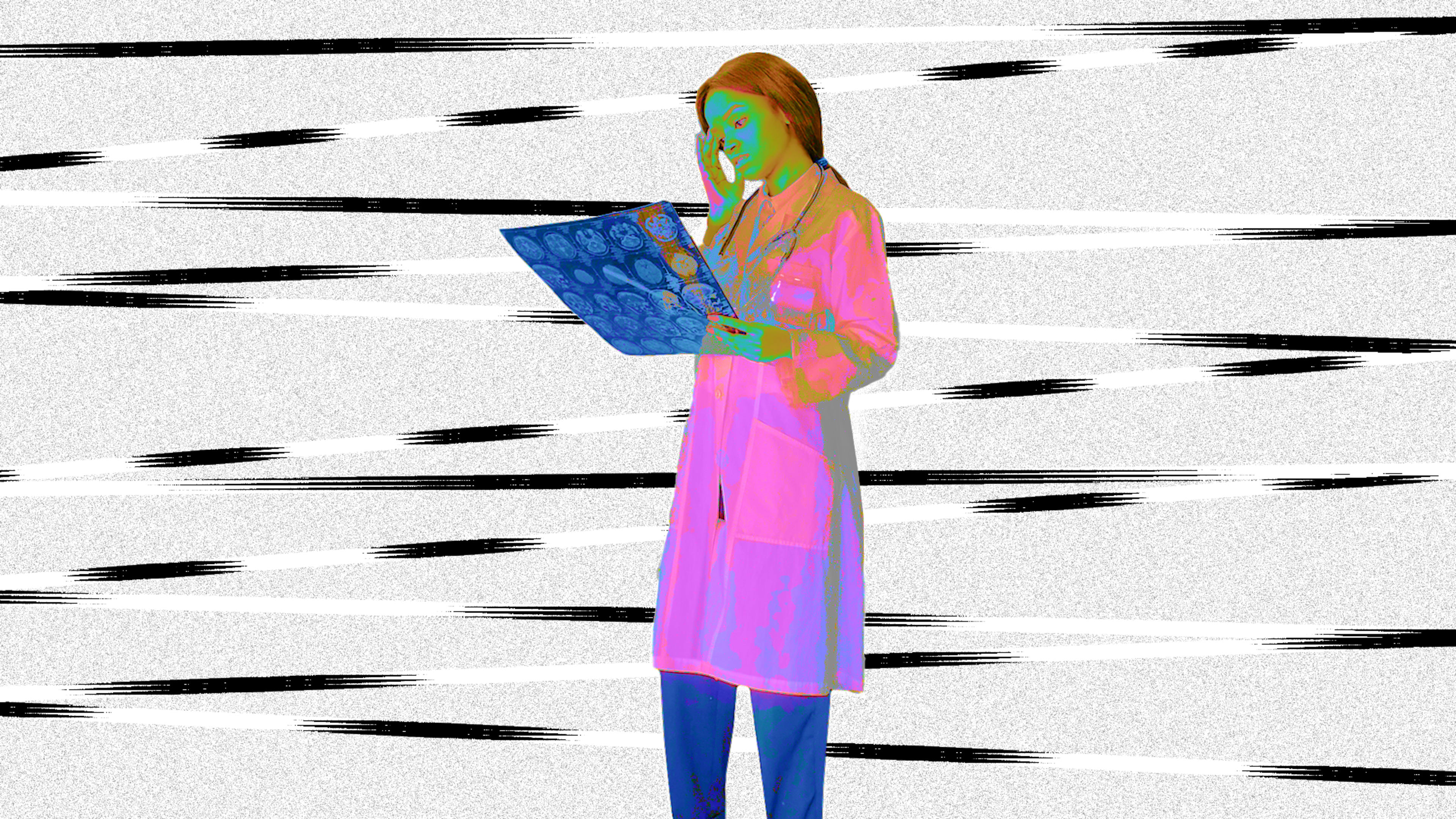On Tuesday, Microsoft announced it had acquired Nuance Communications for $16 billion. Nuance is a pioneer in the field of advanced medical transcription, but the technology is still young. The battle to reduce the administrative burden for doctors using artificial intelligence is intensifying, and the acquisition could position Microsoft well to compete against other tech giants as they jostle for dominance within healthcare.
Nuance has a long history as a medical transcription service and has invested heavily in voice recognition technology. The hope is that its technology could potentially reduce the number of hours that doctors spend inputting medical information into patients’ electronic health records (EHR). Physicians spend 16 minutes per patient inputting information into their EHR, according to a much-cited study last year. How much of that is time well spent is another question entirely. That’s why Nuance is trying to reduce the hours doctors spend toiling inside of the EHR.
The 28-year old company is a well-established player in the health industry. Some 77% of U.S. hospitals and roughly half of all doctors in the country use Nuance’s technology. Still, it’s very early days for AI medical assistant software generally.
“Most of the vendors I’ve seen . . . are still using humans in the loops for quality checking and to reduce the amount of editing that needs to be done by the provider at the time of sign-off,” says Dr. Steven Lin, associate professor of medicine at Stanford University who researches medical artificial intelligence. “If I have to choose between a well-trained human scribe and one of these AI-powered solutions, I would probably still pick and favor a well-trained human scribe who knows my style and who has the ability to organize complicated patient histories.”
Other doctors and health systems are instead choosing technological solutions from companies like Nuance. LifeBridge Health, a Maryland-based health system that employs some 2,700 physicians, adopted voice-to-text software for its medical staff two years ago. Tressa Springmann, the organization’s chief innovation officer, says that 90% of the time, health workers at LifeBridge are choosing to use voice-to-text software to input medical notes into the EHR rather than a medical scribe. “They would never have adopted voice recognition [technology] if it hadn’t been as good,” she says while acknowledging the software is not accurate 100% of the time.
Lin says that rendering spoken word into text isn’t what is going to reduce time spent in front of the EHR. In order for AI to really assist doctors, it would need to be able to listen to a doctor’s conversation with a patient, pull out relevant information in real time, and put it in the appropriate place in the EHR. He says the technology is just not there yet.
“Oftentimes the conversation jumps around and it’s very difficult for a computer to understand where to put information in the note, especially when the history is nonlinear, multilayered, and complex,” Lin explains. “It’s difficult right now to get the level of accuracy, organization, readability, and accessibility that I would want as a clinician using a purely AI-powered tool.”
Still, investors are excited about what the Nuance deal could mean for this technology in the future. Moody’s sees the acquisition as a boon to Microsoft’s existing advancements in voice recognition and an opportunity for the tech giant to dominate the healthcare sector. In the next year, the investor service projects that Nuance will garner $1.4 billion in revenue and $250 million in free cash flow, per a recent report. It also sees the deal as a protective measure against other innovators in the voice recognition space like Amazon and Alphabet, both of which offer software that helps doctors transcribe notes and make sense of medical records.
Nuance and Microsoft have been working together since 2019, when they merged Nuance’s voice recognition software and ambient sensing hardware with Microsoft’s cloud service and Intelligent Scribe Service. Since then, Nuance sold its human-based transcription business in order to focus on its artificial intelligence. It also purchased Saykara, a Seattle-based AI medical documentation company, at the beginning of 2021. Now, under Microsoft, the two brands are well poised to sell a lot of technological tools for doctors. But how quickly can they really chip away at the problem of doctors spending too much time in the EHR?
Springmann says she believes that ambient listening technology is getting close. Still, she recognizes that much of the existing technology is just the first step in a long journey. “Voice recognition has gotten us started down that path,” she says.
Recognize your brand’s excellence by applying to this year’s Brands That Matter Awards before the early-rate deadline, May 3.
